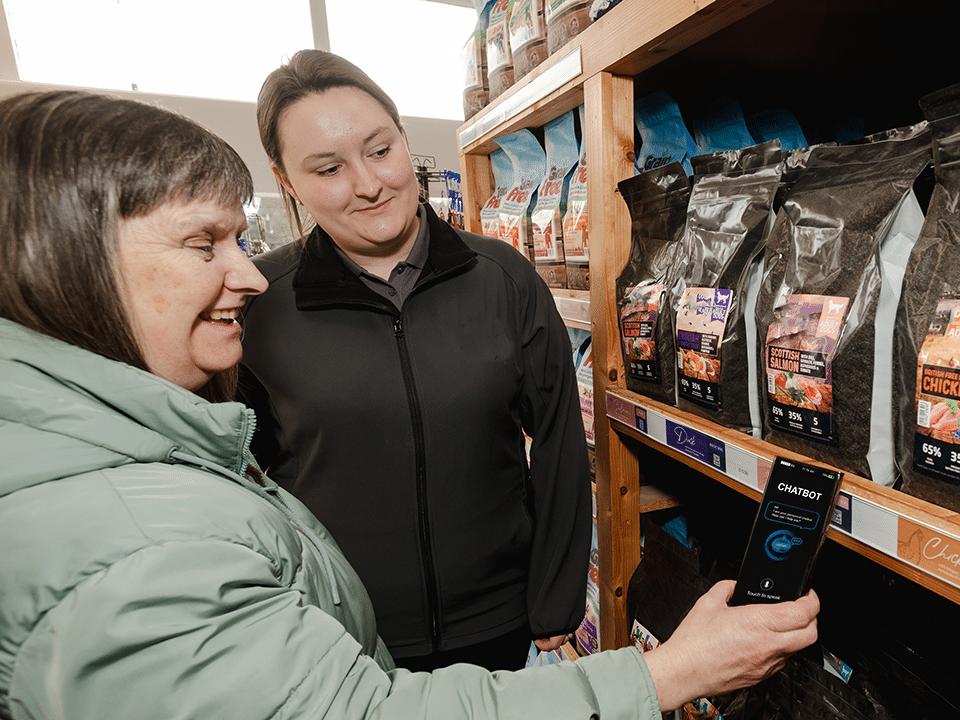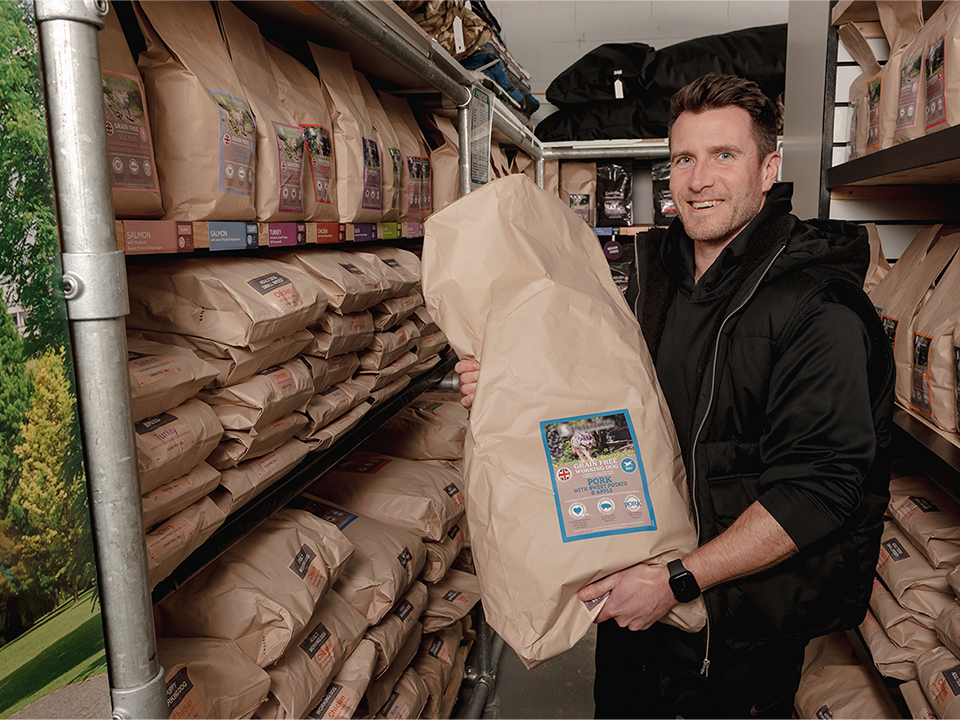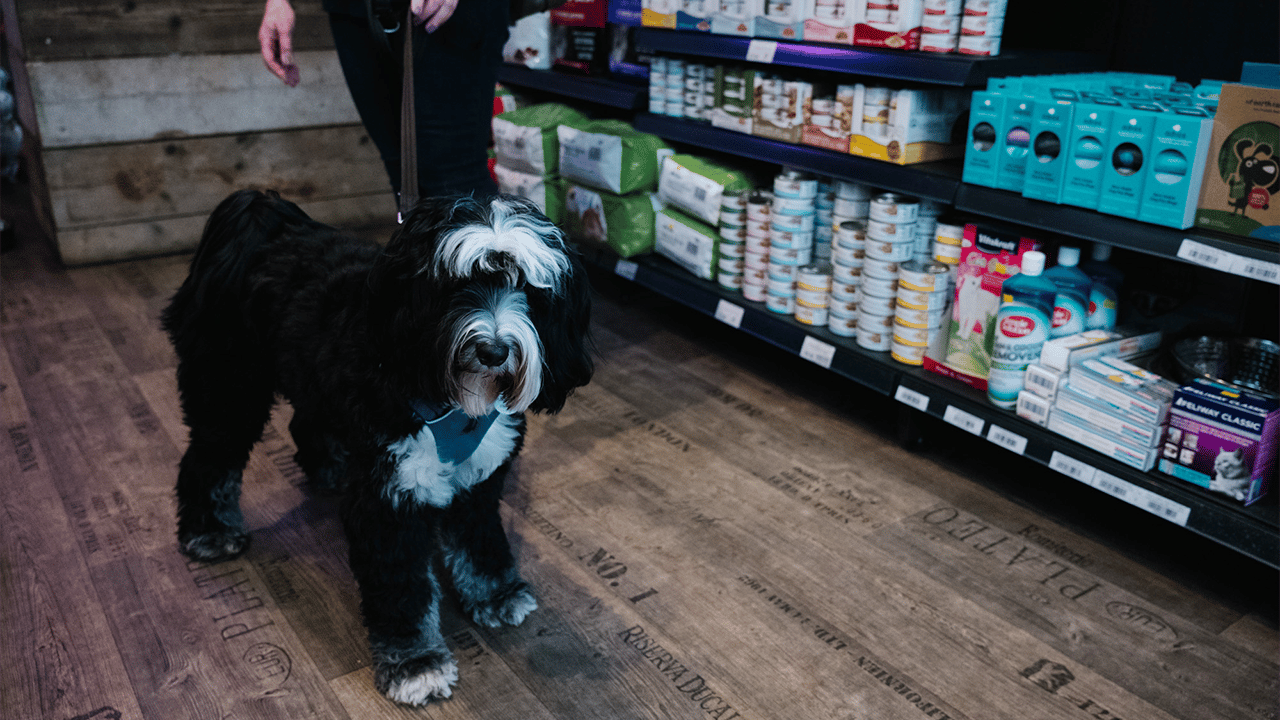
As discussed in ‘The Humanisation of Pet Food’ article, the influence of humanisation continues to grow for several reasons. This article will focus on how humanisation has created opportunities for pet food brands. In addition, the article also includes another fantastic video from our Technical Services Director, John Hewitt, who explores how GA Pet Food Partners ensures we provide products that meet the trend of humanisation.
To watch the video from John providing an insight into how humanisation has influenced GA recipes, click below.
As pet owners want their pets to have similar diets to themselves, many brands have adapted to cater for these needs. As a result, we have seen an increase in humanised and premium products. One of the main reasons for this is that people consider their pets as part of the family. For pets it means that all aspects of their lives are improving, including the quality of pet food they consume.
Health Focus
Humanisation has created opportunities for pet food brands to differentiate themselves in the market. Many have focused on the health trend, with 43% of pet owners agreeing they like the idea of healthier food for their pets (Packaged Facts, 2021). As a result, we increasingly see products that provide pets with specific health benefits.
For example, specialist products targeting problems such as joint pain, digestion, and dental health. Interestingly a Michelson Founds Animals Foundation survey showed that 70% of people who follow a specialised diet for themselves have also put their pets on a specific diet. In addition, 45% of pet owners on a protein-rich diet feed their pets protein-rich food (Animals, 2019).
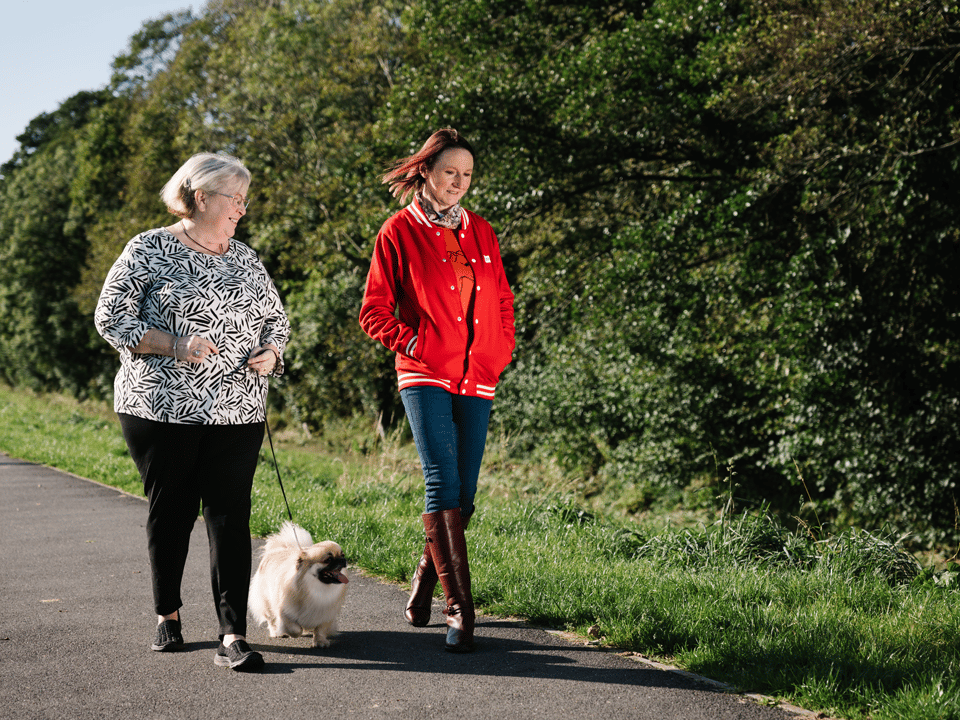
Traceability and clean label
Another opportunity that humanisation has brought to brands is traceability and provenance. Consumers are demanding transparency in their products and their pets.
New research has revealed that a staggering 95% of dog food sold in supermarkets and on Amazon doesn’t reveal its exact ingredients. Pet food brands have a real opportunity to provide their customers with a clean label that includes key information about the traceability of the raw materials. This feeds into the provenance narrative which is also driven by humanisation.
Ethics, Sourcing and Sustainability
Similar to traceability, we have seen an opportunity for brands to educate their customers about their ethics, materials sourcing, and sustainability. As pet food moves towards a more humanised approach, brands must showcase their message and ensure it aligns with their customers’ beliefs.
The impact on the environment is a clear focus for brands who are looking to see if there are more environmentally friendly methods to produce their pet food. In addition, recyclable packaging is becoming more prominent in the market. Globally, nearly 65% of consumers say they try to impact the environment through everyday actions positively (Phillips-Donaldson,2019).
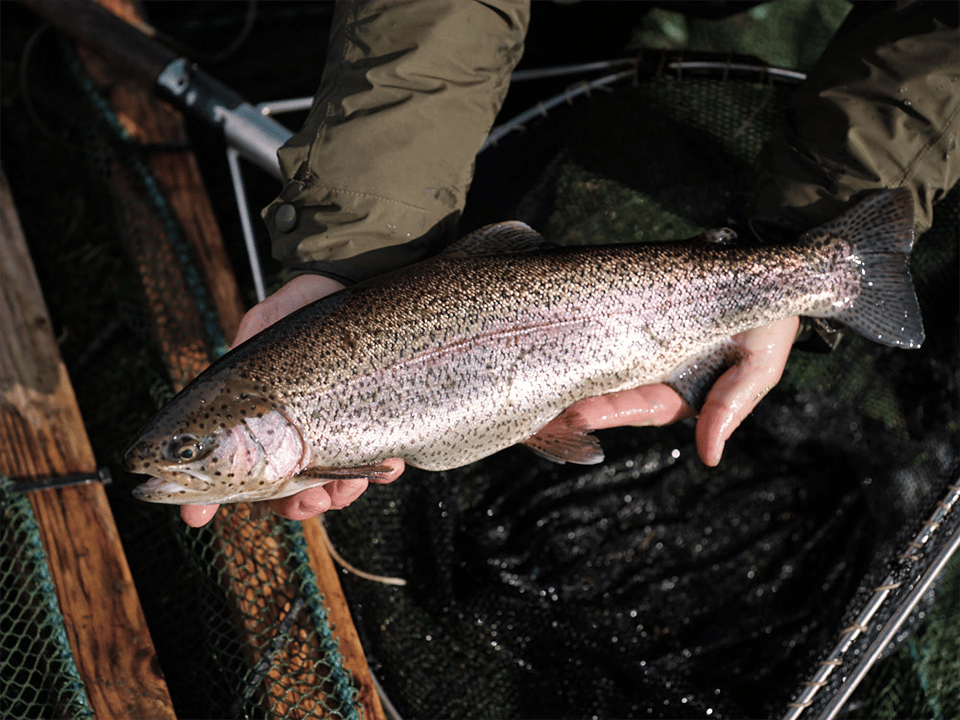
Premium Products
This focus has provided consumers with opportunities to demand more from pet food brands. We are seeing trends in pet food such as “Grain Free” and “Gluten Free”, which has derived from the human food sector where claims such as “natural” and “organic” are popular. Research by Euromonitor has found that premiumisation is the main driver of growth in the pet food sector. In 2021, premium pet food achieved the highest growth rate in comparison to other categories of pet care. (Euromonitor, 2022).
Niche Markets
Another opportunity that humanisation has brought for consumers is the number of niche products on the market. Some pet owners may have certain beliefs for themselves and want the same for their pets. Examples of these beliefs include being a vegan or vegetarian or indeed eco-conscious. To fulfil these beliefs, we have seen vegan, vegetarian and insect-based diets begin to increase in popularity among pet food.
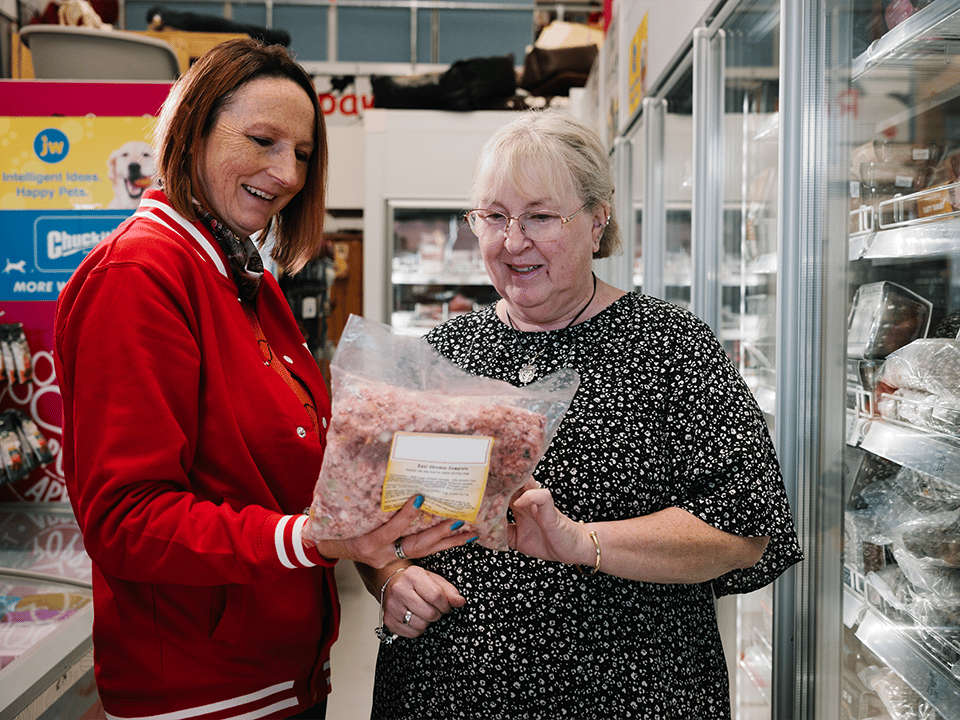
How has humanisation influenced GA’s recipes?
As the humanisation trend continues to grow GA is well placed to meet this trend with premium products, utilising the unique Freshtrusion process to include high volumes of premium fresh meat.
The drive for traceability has also seen GA create a range of foods (Superfood 65® Provenance range) that provides a fantastic story of provenance. Whether that be Angus Beef, Italian Buffalo, or Scottish Salmon. GA also provides a QR Code that features on the back label of this range and provides end customers with the journey of how their bag of the world’s finest pet food has been made. From the farms and fisheries to the final kibble production.
Summary
To summarise, it is evident that humanisation is driving premiumisation and vice versa. Consumers now, more than ever, want to know where the food has come from and what nutritional values it provides.
Many human trends are now prevalent within pet food and this creates many marketing opportunities for brands as well as a rich variety of choice for consumers.
References
Animals, M. F. (2019). 2019 Pet Trends. Retrieved from Found Animals: https://www.foundanimals.org/pet-trends-infographic/
Euromonitor. (2022). World Market for Pet Care. Passport.
PDSA. (2022). How many pets are thee in the UK? Retrieved from PDSA: https://www.pdsa.org.uk/what-we-do/pdsa-animal-wellbeing-report/uk-pet-populations-of-dogs-cats-and-rabbits
Phillips-Donaldson, D. (2019, February 15th). 3 new frontier for pet food premiumization. Retrieved from Pet Food Industry: https://www.petfoodindustry.com/articles/7895-new-frontiers-for-pet-food-premiumization

John Hewitt
Technical Services Director
John Hewitt joined GA in 2017 as Partner Brand Marketing Manager and then went on to lead the team of Technical Services, comprising of Marketing & Design, Nutrition, Research & Development and Projects, before becoming Technical Services Director.
John has a degree in Marketing. His background includes working at Nike at their European headquarters in the Netherlands and being a lecturer in Business management at Runshaw Business Centre. John is a proud father and enjoys cycling, camping and travelling.

Matthew Aiken
Marketing Communications Expert
Matt graduated in 2017 with an undergraduate degree in Business & Management. Here he discovered that he had a passion and interest in Marketing. In his spare time, he enjoys anything fitness related and getting outdoors. He also has a French Bulldog called Harley and a Persian cat called Bonnie Blue.
You may also like...
Article written by Matthew Aiken and John Hewitt
The Pros and Cons of AI in Pet Retail
You may have frequently encountered the term “AI” or “AI technology” in the media. From unlocking your phone using Face ID, asking for directions on your [...]


